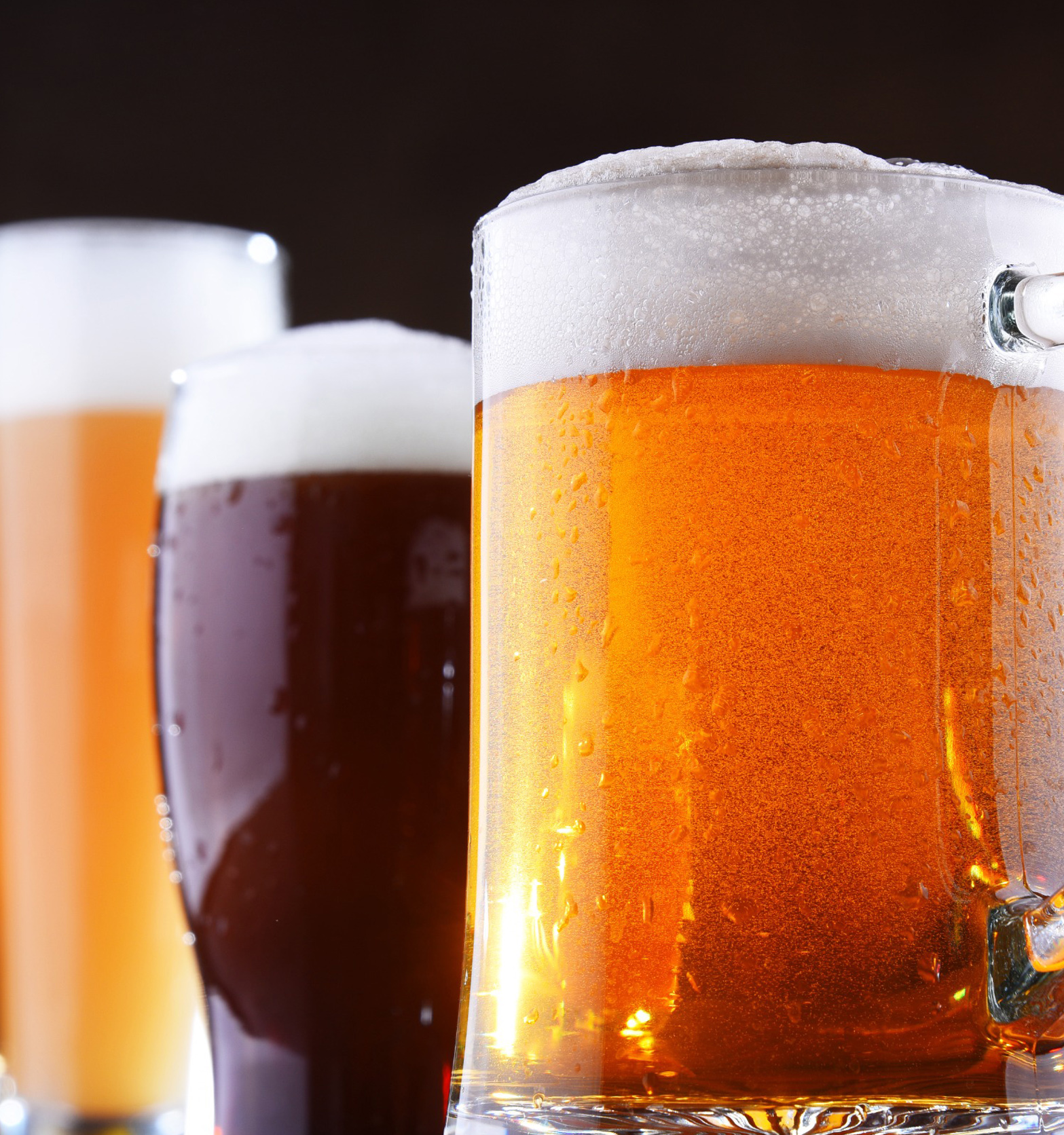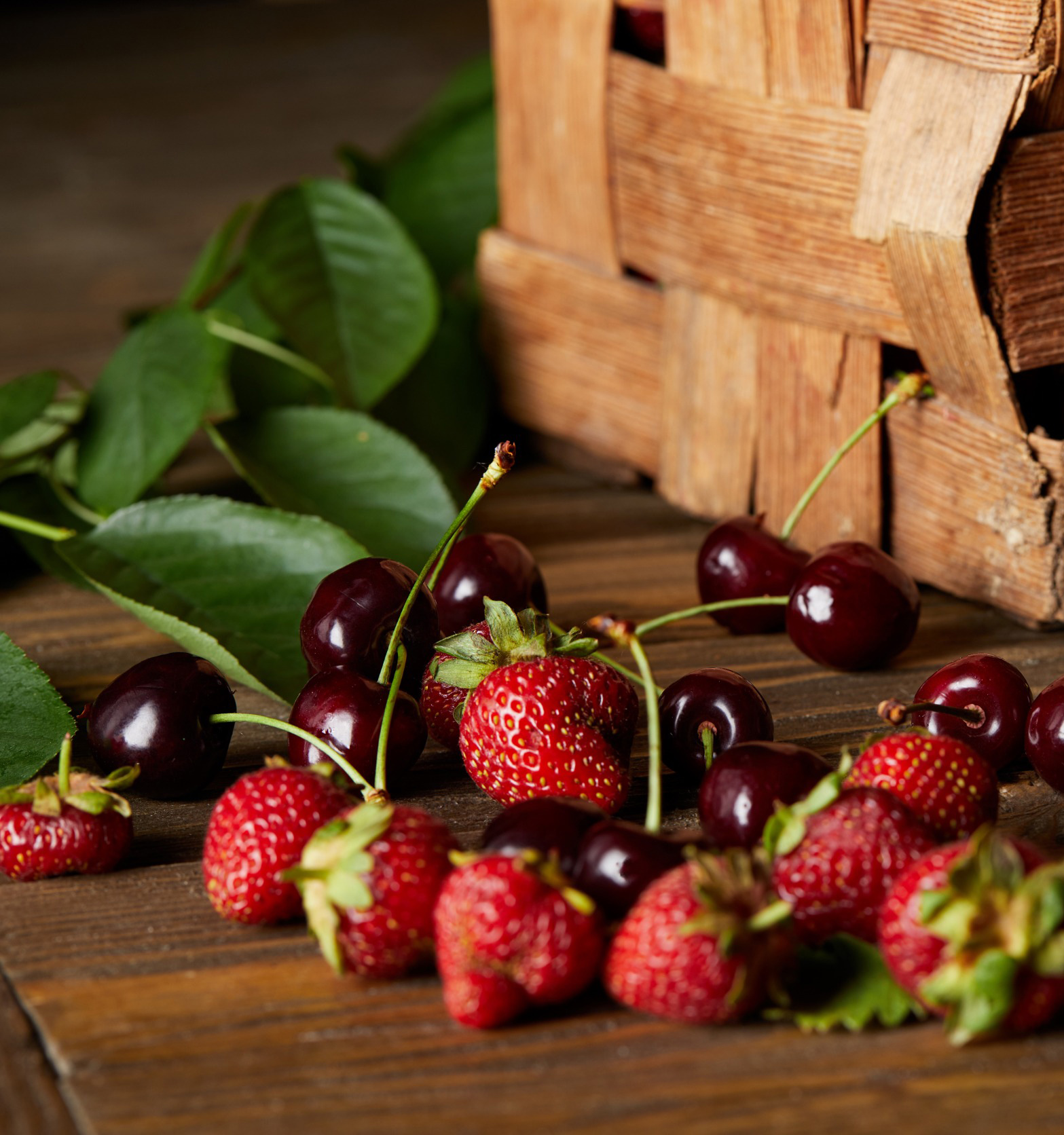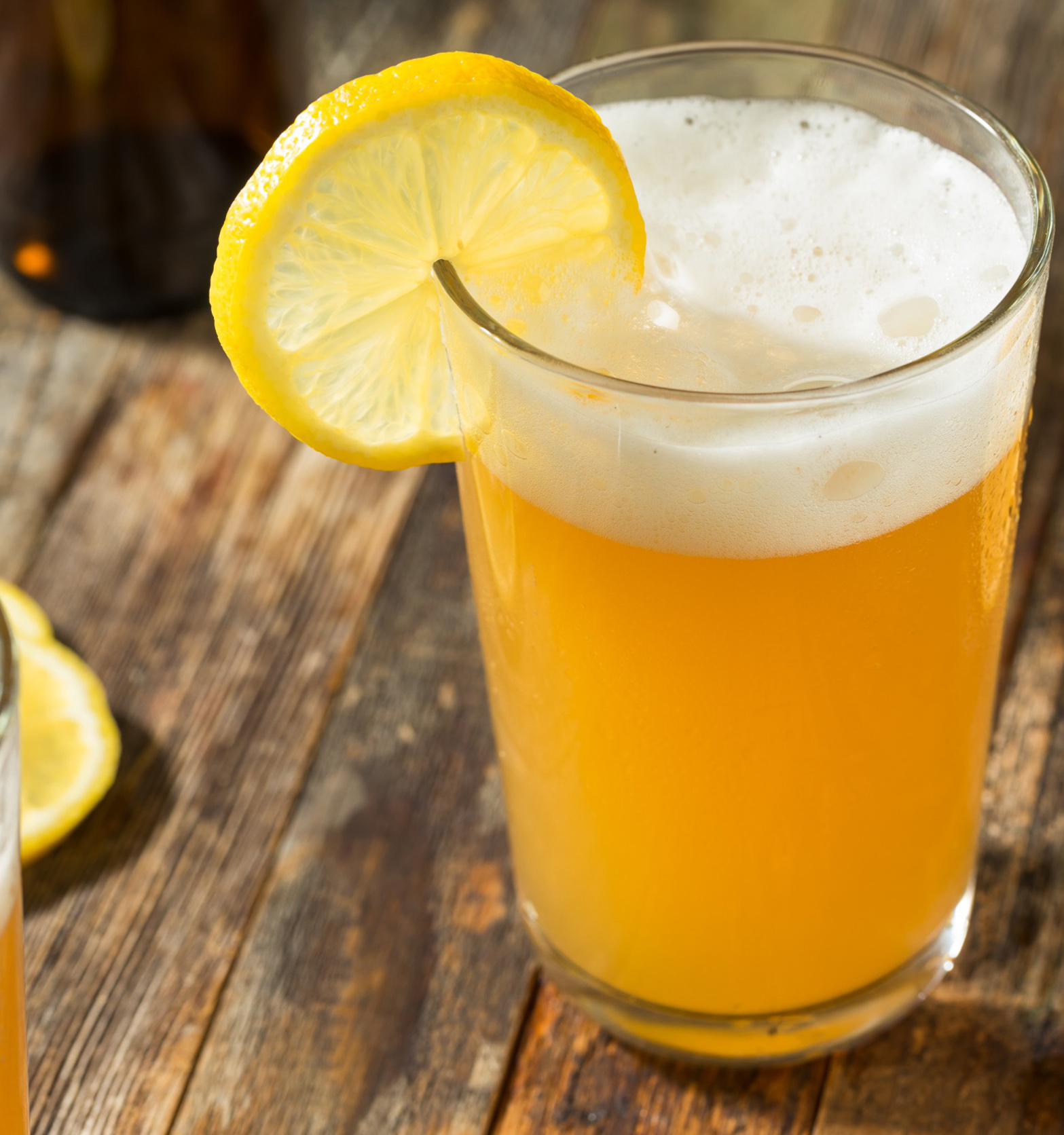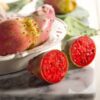The fruity guide to brewing: unlocking the best time to add fruit puree to elevate your beer’s flavor
Fruit, glorious fruit! Whether you’re a fan of sweet cherries, juicy raspberries, or succulent apricots, adding fruit puree to your brew can elevate your beer to new heights of deliciousness. But when is the best time to add that precious puree? Should you add it during primary fermentation for a subtle touch of flavor, or during secondary fermentation for a bold and fruity punch? Never fear, dear brewers, for we bring you the ultimate guide on brewing fruited beers.
Subtlety in flavor: the benefits of adding fruit puree to the primary fermentation

Do you want to experience the delicate dance of flavor as yeast and fruit puree marry in a subtle yet satisfying fruit infusion? During primary fermentation, the beer is still in the process of developing its flavor profile, and the yeast is producing a variety of esters and other flavor compounds that can mask or blend with the fruit flavors.
Because the yeast is actively consuming sugars in the wort at this stage, it also consumes some of the flavors and aromas present in the fruit puree, which creates a more subtle fruit flavor in the final product. A variety of popular fruited beer styles get their delicate flavor during primary fermentation, including but not limited to:
- Lambic beers, a type of Belgian sour, are traditionally made with a blend of wheat and barley malt and flavored during primary fermentation with fruits like raspberries (framboise), cherries (kriek), or apricots (abricot).
- American wheat beers and Hefeweizens fruit lambics are often brewed with citrus fruits such as oranges or lemons added during the first fermentation for a subtler flavor.
- Popular styles such as India Pale Ales (IPAs), Stouts, and Porters often get their complex flavor profile by the addition of fruits during first fermentation.
- Berliner Weisse-style beers, which are a type of German sour wheat beer, are traditionally flavored with fruit such as raspberry, currant, and cranberry during primary fermentation.
- The Gose-style German sour wheat beer are typically brewed with spices and fruits like apricot and watermelon, which are added during primary fermentation.
Bold and fruity: the benefits of adding fruit puree to secondary fermentation
Unleash a bold and fruity explosion in your brew by adding fruit puree during secondary fermentation – where yeast’s work is mostly done and the puree’s flavors shine through. Adding the puree to the secondary fermentation will result in a stronger fruit flavor, as the yeast has already consumed most of the sugars, meaning there’s less competition for the flavor compounds present in the puree.
The puree also provides additional nutrients for the yeast and bacteria during secondary fermentation, creating a more complex flavor profile. A variety of beer styles achieve a power-packed fruit punch flavor from fruiting during secondary fermentation, including:
- American Sour Ales, known for their acidic and fruity flavors, are frequently flavored during secondary fermentation with cherries, apricots, peaches and other stone fruits.
- Complex and fruity Belgian-style Saisons are brewed with apricot, peach, and elderberry (to name a few popular fruit purees) added during secondary fermentation.
- Imperial Stouts and Imperial IPAs are known for their rich and complex flavors, and adding fruit puree during secondary fermentation infuses these already robust styles with fruity notes. Think adding raspberry puree to an Imperial IPA or orange to a chocolate IPA stout.
- Some Belgian Strong Ales are flavored with fruits such as cherries, raspberries, apricots, and peaches, which are added during secondary fermentation.


Bottling with a bang: the benefits of adding fruit puree during the bottling process
Adding fruit puree during the bottling process allows for a fruit-forward flavor, as the yeast has already consumed most of the sugars during primary and secondary fermentation and the beer itself has already developed its flavor profile.
In addition, brewers generally use a smaller amount of puree during the bottling process compared with other methods, which also limits how much of the puree’s sugars and flavors the yeast can consume.
However, it’s important to keep in mind that this method will also increase the risk of spoilage, as the beer will be exposed to the puree for a longer period of time, and bacteria can grow on the fruit.
- Some lambic beers are bottled with added fruit and blended with aged lambic beer to have a balance of fruity sweetness and sourness.
- American Sour Ales can be flavored during bottling with a variety of fruits such as blueberries, raspberries, and many more.
- Fruit beers that are not necessarily sour but aim to have a more prominent fruit flavor, such as fruit beers infused with berries, apricot, peach, or other stone fruits, may benefit from adding purees during bottling.
Whatever your favorite fruited brew, start with the finest quality fruit puree.
Purée Areté award-winning fruit purees infuse lambic, IPAs, sours, and other fruited beers with real fruit flavor no matter when you choose to add the puree. Our rigorous standards ensure that each batch is consistent, and no sugar is added to purees and concentrates for brewers. When you customize your fruit beers with our puree, you’re getting nothing but pure fruit flavor. Each flavor is available in a 5 gallon bag-in-box or 55 gallon drums.




